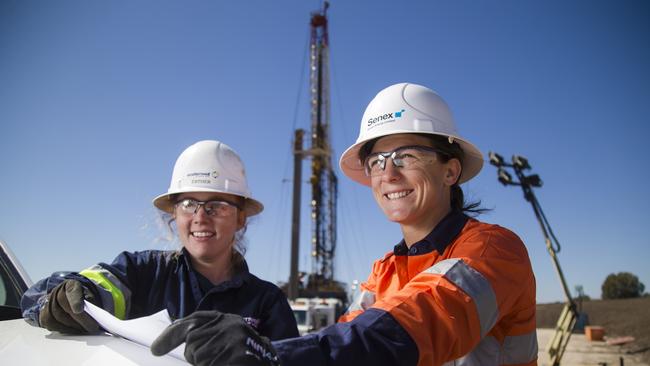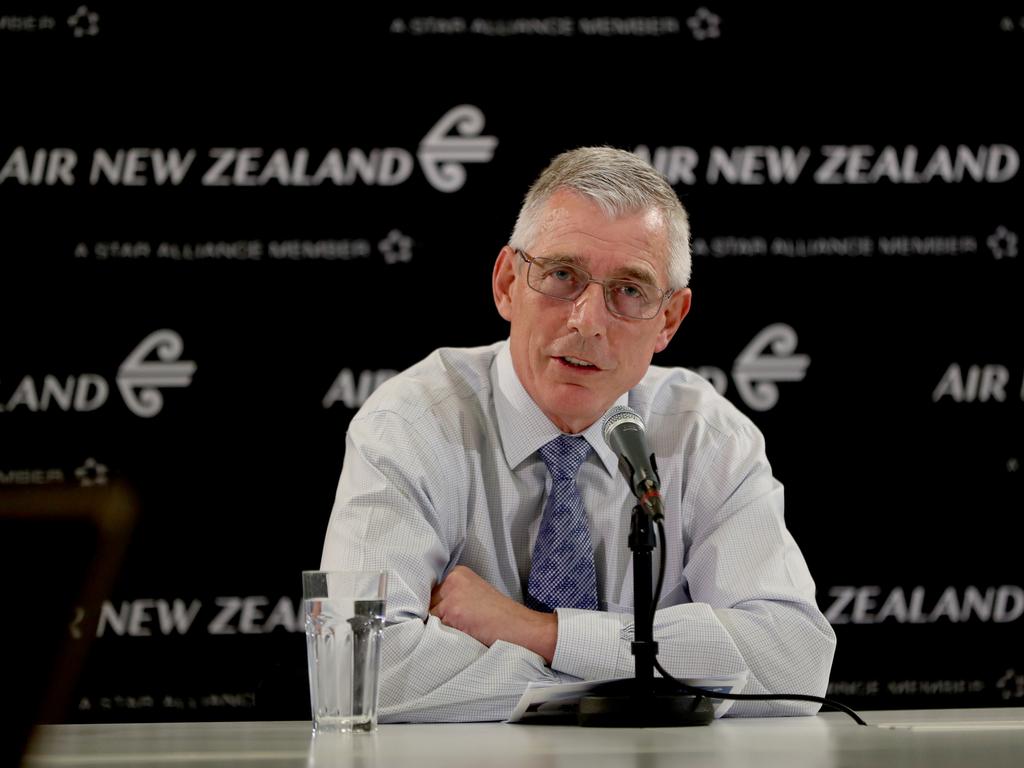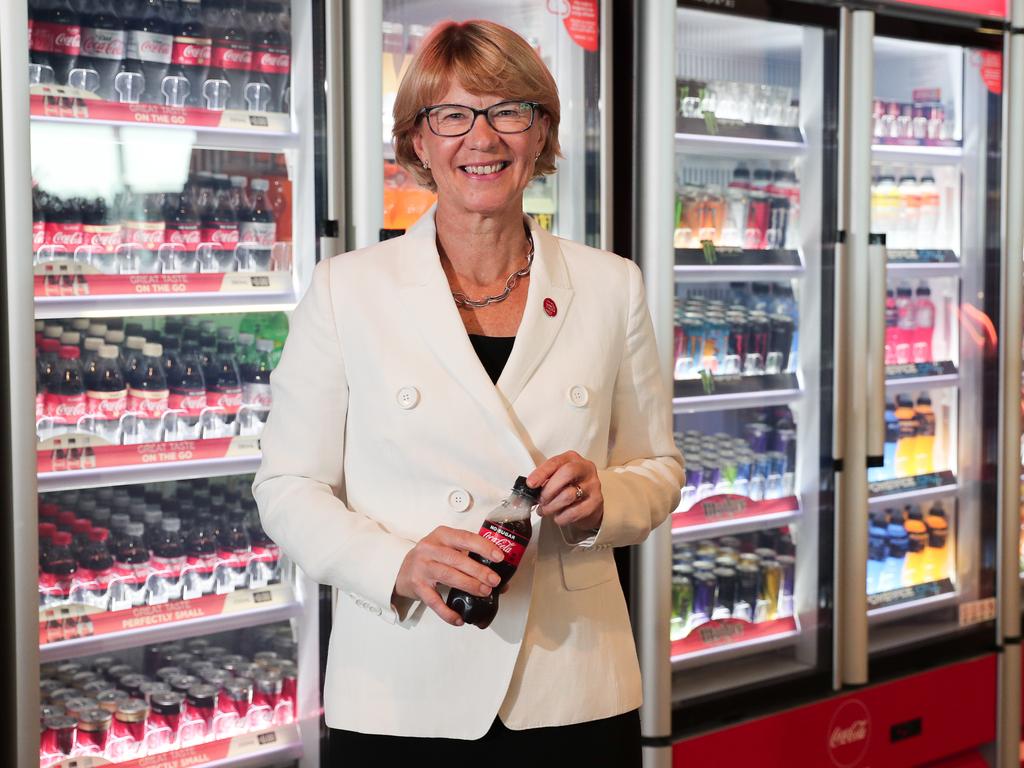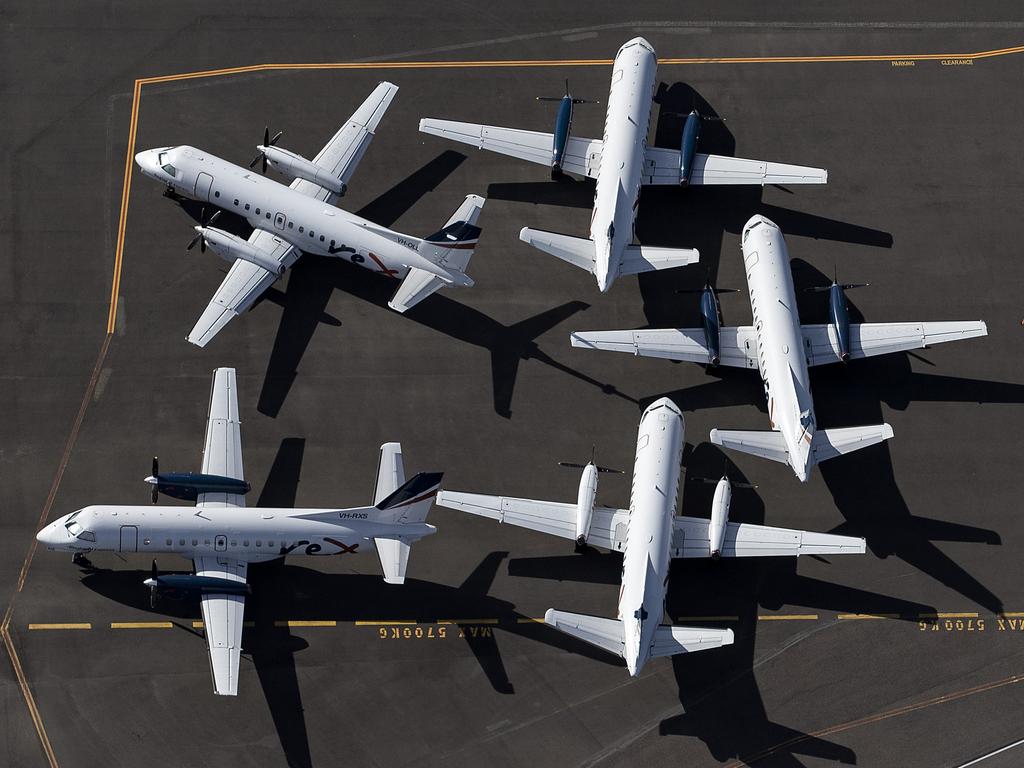Plan for cheap gas to fuel recovery unrealistic: Senex
Senex Energy’s Ian Davies says a plan to make gas available at $4 a gigajoule fails to reflect the cost of developing new supplies.

A government-linked plan to make gas available at $4 a gigajoule to salvage manufacturing has been criticised by east coast producer Senex Energy, warning the price target failed to reflect the cost of developing new supplies.
The National Covid Co-ordination Commission chaired by former Dow Chemicals boss Andrew Liveris has recommended the federal government take immediate and decisive action to create an Australian gas market that can deliver globally competitive results similar to the US with gas available at just $4 a gigajoule, more than half current levels.
The commission’s measures should include the federal government guaranteeing volumes, building on its stalled scheme to underwrite new generation in Australia’s electricity market.
However, Senex chief executive Ian Davies said the proposal was out of whack with the reality of developing new gas on Australia’s east coast. “If you look at the economics of supply and the issues around infrastructure, $7-$10 a gigajoule is needed for material gas investment because all new gas is in the north and demand is in the south. $4 a gigajoule gas is impossible,” Mr Davies told The Australian. “There needs to be a dose of realism about the costs of energy. Everyone looks at operating expenditure and says it only costs you so many dollars to produce. But it ignores the hundreds of millions of dollars that went in from risk capital prior to that.”
Senex, which operates in Queensland’s Surat Basin and South Australia’s Cooper Basin, said it was critical to find the right balance so both energy and heavy industry could thrive.
The commission’s report says Australia should use cheap gas to turbocharge its manufacturing sector as it emerges from Covid-19 with the federal government advised to guarantee volumes, remove regulatory barriers for new fields and vastly expand the pipeline network. It estimates up to 412,000 new jobs could be created by 2030 through the gas boost spread across mineral technologies, steel, petrochemicals, food and ammonia manufacturing.
The commission “has a flavour of government continually subsidising manufacturing. And I think the conversation really needs to be about industry working together to find a middle ground where everyone can be competitive”, said Mr Davies, who also acts as the vice-chairman of industry body APPEA.
“I do support the government playing a role where there is market failure, but that doesn’t mean propping up unprofitable industries. It does mean helping industries transform over time. Now that might be in the form of concessional loans that have a performance component or low-cost financing for investment in critical infrastructure, but not transcontinental infrastructure which is a pipe dream,” he said, referring to the $6bn west-east pipeline proposal.
The commission recommended gas deposits including Narrabri in NSW, Beetaloo in the Northern Territory, Queensland’s Bowen Basin and the Perth Basin “must be enabled to proceed” by removing regulatory barriers and gaining access to low-cost development funds. Bans on gas exploration in NSW and Victoria should be lifted and a new framework for the NT developed to unlock new supplies for the east coast.
Separately, Senex said it would re-direct 1 petajoule of gas away from the GLNG export project to the domestic market from June until August, reflecting a fall in demand for LNG from Asian buyers. The Brisbane-based company provides gas to the Santos-led GLNG plant from its Roma North project. Senex shares jumped 20 per cent to 24c.





